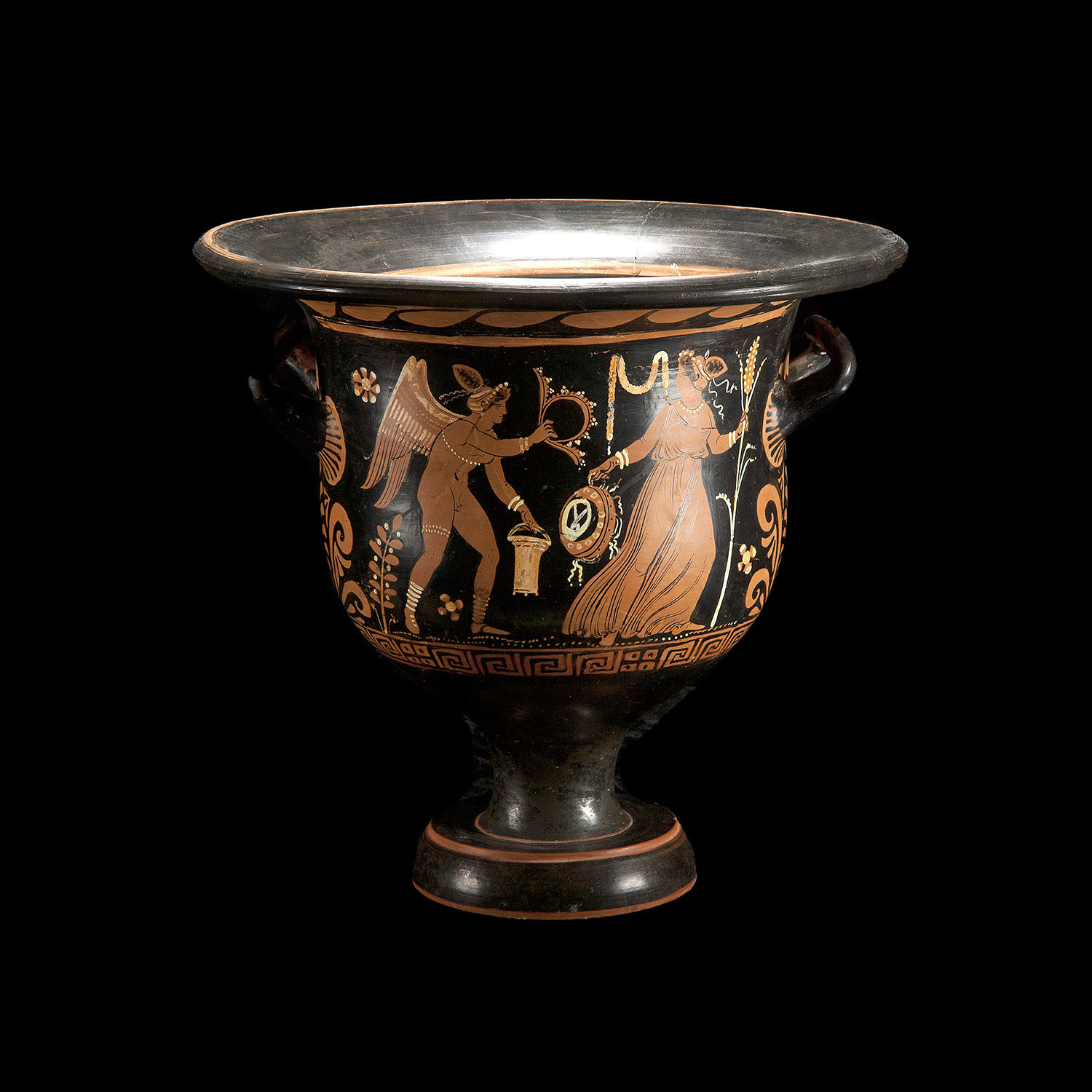- Jan 26, 2012
- 916
- 302
....and deep in pagan symbols to say nothing of the rites and rituals. If one looks, they will see the origins of Easter are found in a pagan festival celebration of seasonal renewal that has taken place around the time of the Spring Equinox. The date upon which Easter is held varies from year to year, and corresponds with the first Sunday following the full moon after the Spring Equinox.
Here is a good explanation.. "Easter is one of Christianity’s highest and holiest days, the celebration of the resurrection of Jesus. But the origins of today’s very Christian holiday are firmly rooted in the ancient traditions of pagan religions from many parts of the world. With its blend of solemn religious symbolism and the fun of Easter eggs and bunny rabbits, Easter as we know it is a patchwork of beliefs and practices related to the themes of springtime, rebirth, and renewal....
Easter doesn’t fall on the same date every year. Thus, even this aspect of the holiday is connected with pagan celebrations of the cycles of nature. The vernal equinox marks the time when night and day are of equal length. It’s also a celebration by pagan cultures to welcome the arrival of the long days of spring and summer."
And more..."Easter is a pagan festival. If Easter isn't really about Jesus, then what is it about? Today, we see a secular culture celebrating the spring equinox, whilst religious culture celebrates the resurrection. However, early Christianity made a pragmatic acceptance of ancient pagan practises, most of which we enjoy today at Easter. The general symbolic story of the death of the son (sun) on a cross (the constellation of the Southern Cross) and his rebirth, overcoming the powers of darkness, was a well worn story in the ancient world. There were plenty of parallel, rival resurrected saviours too.
The Sumerian goddess Inanna, or Ishtar, was hung naked on a stake, and was subsequently resurrected and ascended from the underworld. One of the oldest resurrection myths is Egyptian Horus. Born on 25 December, Horus and his damaged eye became symbols of life and rebirth. Mithras was born on what we now call Christmas day, and his followers celebrated the spring equinox. Even as late as the 4th century AD, the sol invictus, associated with Mithras, was the last great pagan cult the church had to overcome. Dionysus was a divine child, resurrected by his grandmother. Dionysus also brought his mum, Semele, back to life.
In an ironic twist, the Cybele cult flourished on today's Vatican Hill. Cybele's lover Attis, was born of a virgin, died and was reborn annually. This spring festival began as a day of blood on Black Friday, rising to a crescendo after three days, in rejoicing over the resurrection. ....."http://www.theguardian.com/commentisfree/belief/2010/apr/03/easter-pagan-symbolism
Here is a good explanation.. "Easter is one of Christianity’s highest and holiest days, the celebration of the resurrection of Jesus. But the origins of today’s very Christian holiday are firmly rooted in the ancient traditions of pagan religions from many parts of the world. With its blend of solemn religious symbolism and the fun of Easter eggs and bunny rabbits, Easter as we know it is a patchwork of beliefs and practices related to the themes of springtime, rebirth, and renewal....
Easter doesn’t fall on the same date every year. Thus, even this aspect of the holiday is connected with pagan celebrations of the cycles of nature. The vernal equinox marks the time when night and day are of equal length. It’s also a celebration by pagan cultures to welcome the arrival of the long days of spring and summer."
And more..."Easter is a pagan festival. If Easter isn't really about Jesus, then what is it about? Today, we see a secular culture celebrating the spring equinox, whilst religious culture celebrates the resurrection. However, early Christianity made a pragmatic acceptance of ancient pagan practises, most of which we enjoy today at Easter. The general symbolic story of the death of the son (sun) on a cross (the constellation of the Southern Cross) and his rebirth, overcoming the powers of darkness, was a well worn story in the ancient world. There were plenty of parallel, rival resurrected saviours too.
The Sumerian goddess Inanna, or Ishtar, was hung naked on a stake, and was subsequently resurrected and ascended from the underworld. One of the oldest resurrection myths is Egyptian Horus. Born on 25 December, Horus and his damaged eye became symbols of life and rebirth. Mithras was born on what we now call Christmas day, and his followers celebrated the spring equinox. Even as late as the 4th century AD, the sol invictus, associated with Mithras, was the last great pagan cult the church had to overcome. Dionysus was a divine child, resurrected by his grandmother. Dionysus also brought his mum, Semele, back to life.
In an ironic twist, the Cybele cult flourished on today's Vatican Hill. Cybele's lover Attis, was born of a virgin, died and was reborn annually. This spring festival began as a day of blood on Black Friday, rising to a crescendo after three days, in rejoicing over the resurrection. ....."http://www.theguardian.com/commentisfree/belief/2010/apr/03/easter-pagan-symbolism




